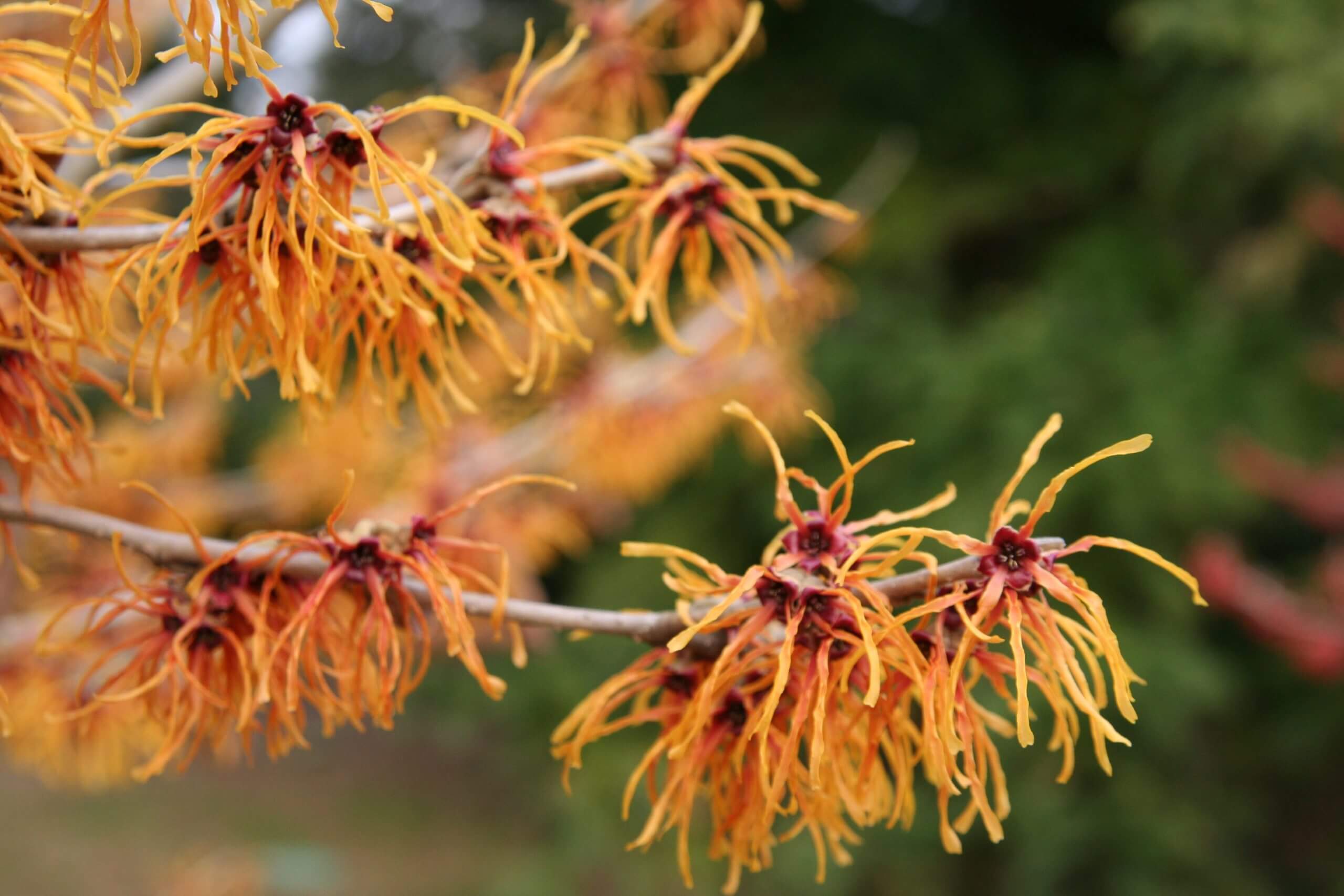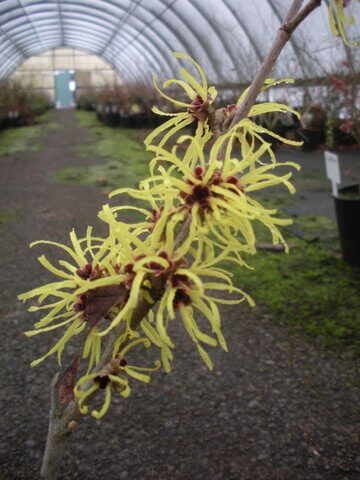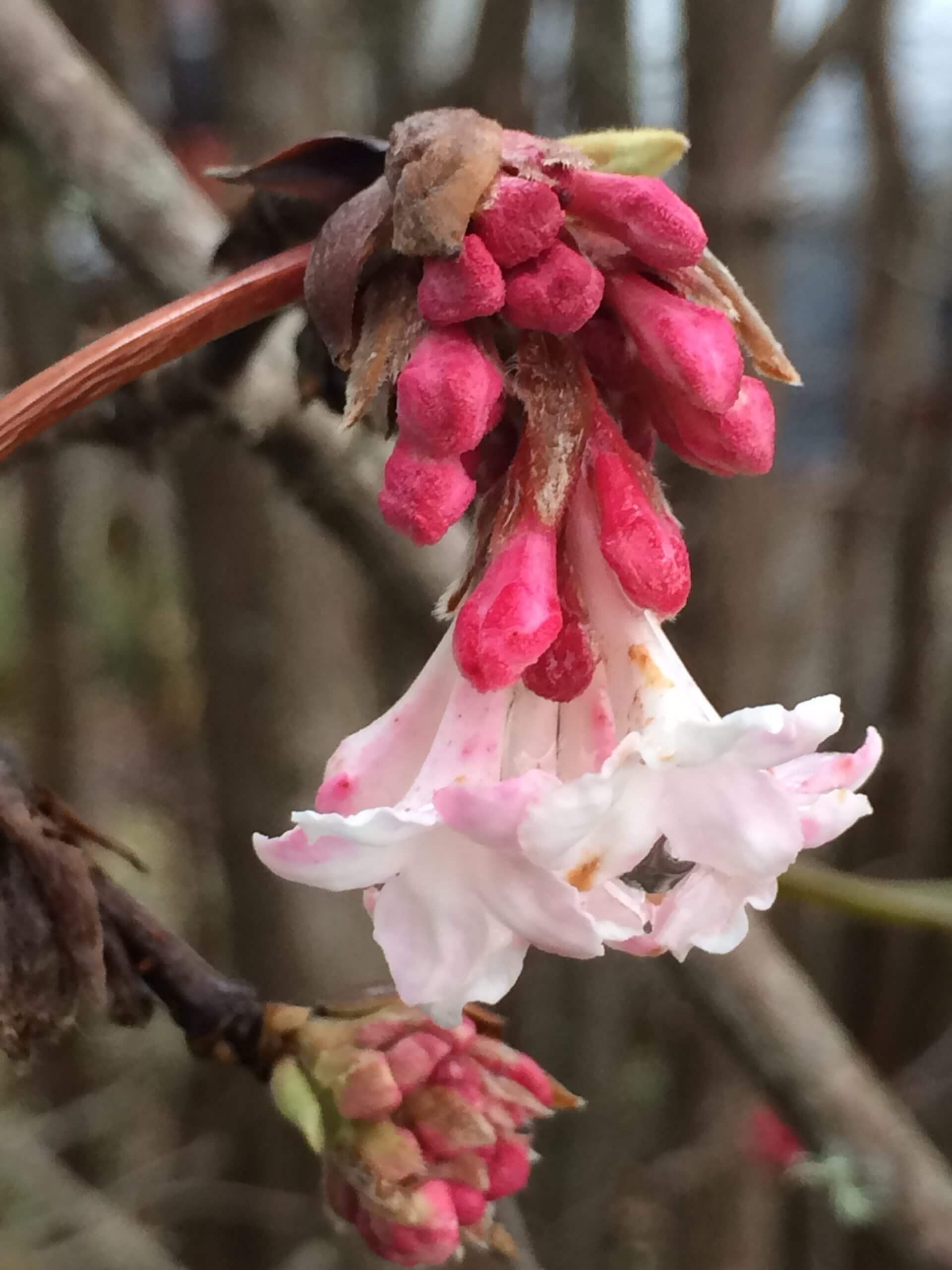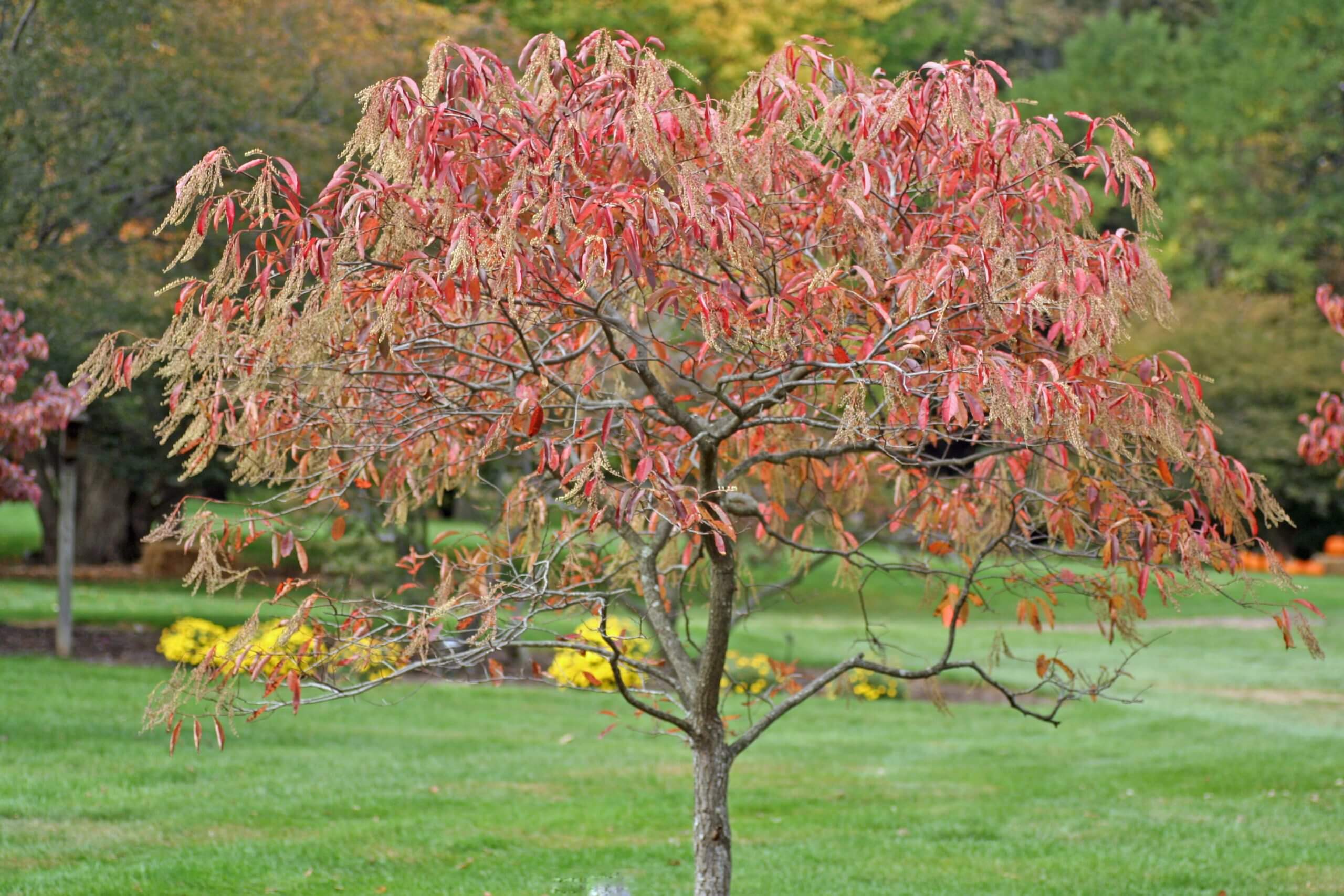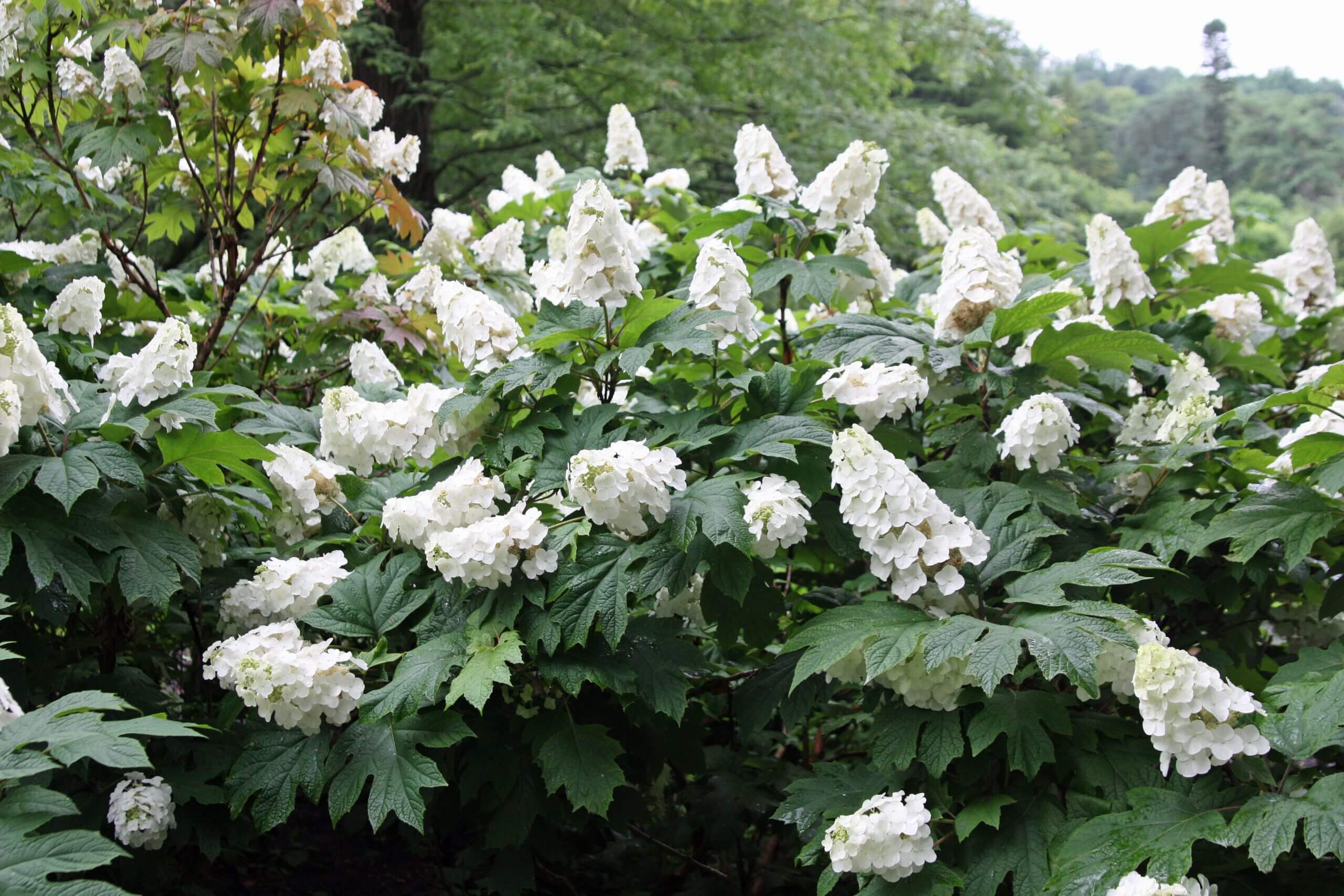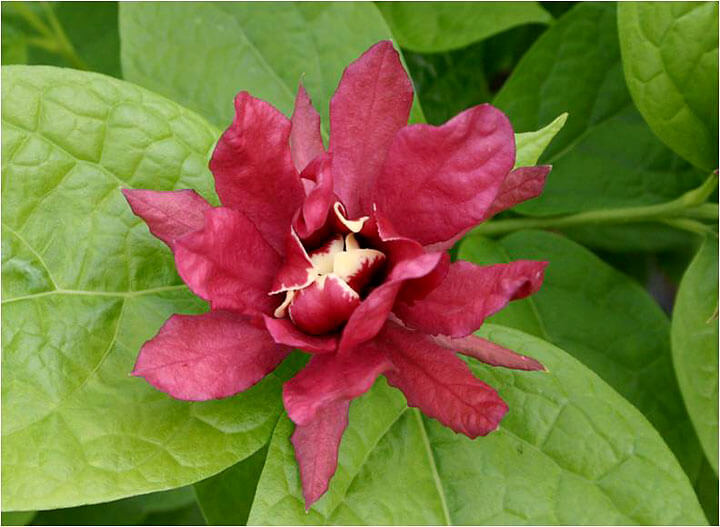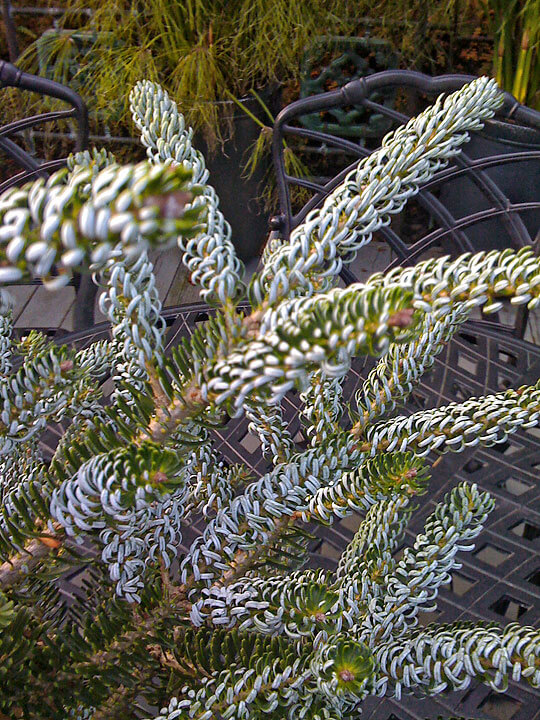
In the Pacific Northwest, the garden in winter can be a bit bleak. I know mine certainly is. However, the more I talk to other gardeners and visit other gardens at this time of year, the more color I see. Often the color is not from flowers, but from bark, foliage and stems.
For the last few years, I am been striving to add more plants in my garden that will provide some winter color. I have learned that it is best to plant them in a location where we can see them from our windows. Planting them in the back garden is a waste since we are not often there in winter to see them.
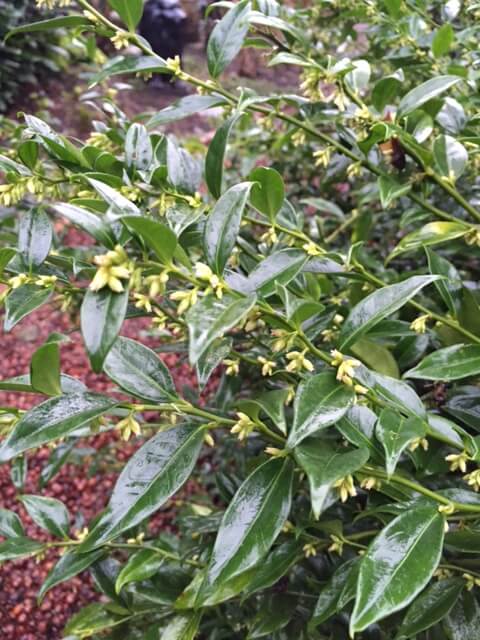
In addition to looking for winter color, this is also a good time of year to walk through the garden and see if there are ‘pockets’ around plants where the water has settled and is not draining. In these areas, I like to add Black Gold Soil Natural and Organic Soil Builder to increase aeration and drainage and add needed organic matter for the coming year. A phrase that I often hear is “more plants die from winter wet than winter cold.” This is certainly the case for many garden plants, such as salvias.
Evergreens
For winter color, a new plant (to me) that can provide golden chartreuse color to the garden is Thuja orientalis ‘Franky Boy’. We often think of Thuja as being large plants, but this one just grows 4-6 inches per year and will only reach about 3 feet in ten years, so it can be used in a garden border. It has thread-like foliage and an upright ball shape. For the opposite color extreme, a silver evergreen conifer is Abies koreana ‘Silberlocke’. This outstanding, slow-growing plant has curved green needles that show silvery-white undersides. I have had one in a pot for several years, and it looks great at any time of the year.
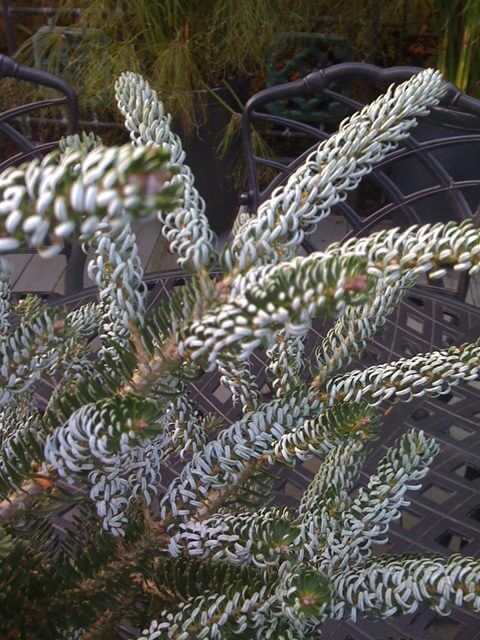
Sweet Box
I should not overlook some of the shrubs that are already in bloom in the January garden. Sweet box (Sarcococca ruscifolia) is one. It is a very easy-to-grow small evergreen shrub that produces a small, sweetly fragrant, creamy white flower in winter that perfume the area around it. I’ve often had visitors walk past my plants and all of a sudden will detect the fragrance and not know where it is coming from. Sweet Box likes some shade from the hot afternoon summer sun and likes organic-rich soil, so be sure to add Black Gold Garden Compost at planting time.
Wintersweet
Recent snow and ice provided opportunities for gardeners to take some unique photos. Oregon State Community Horticulturist, Neil Bell, sent me this photo of his wintersweet (Chimonanthus praecox) with its flowers encased in ice. He reported that the ice did not seem to bother them, and once it had melted, the flowers went back to scenting the garden. Wintersweet can grow to 10-12 feet and produces winter flowers on leafless branches. If space considerations are an issue, it can easily be pruned to a smaller stature.

So, while at first glance we might think the winter garden is bleak, it does not have to be. Check out your local garden centers now for plants showing bloom and/or color. I am noticing that many local garden centers are grouping slow-growing conifers together to show the array of colors available. Gardening in the Pacific Northwest is a year-round adventure!


